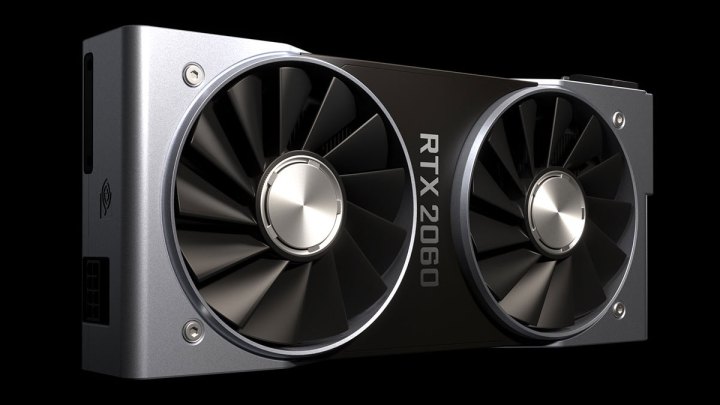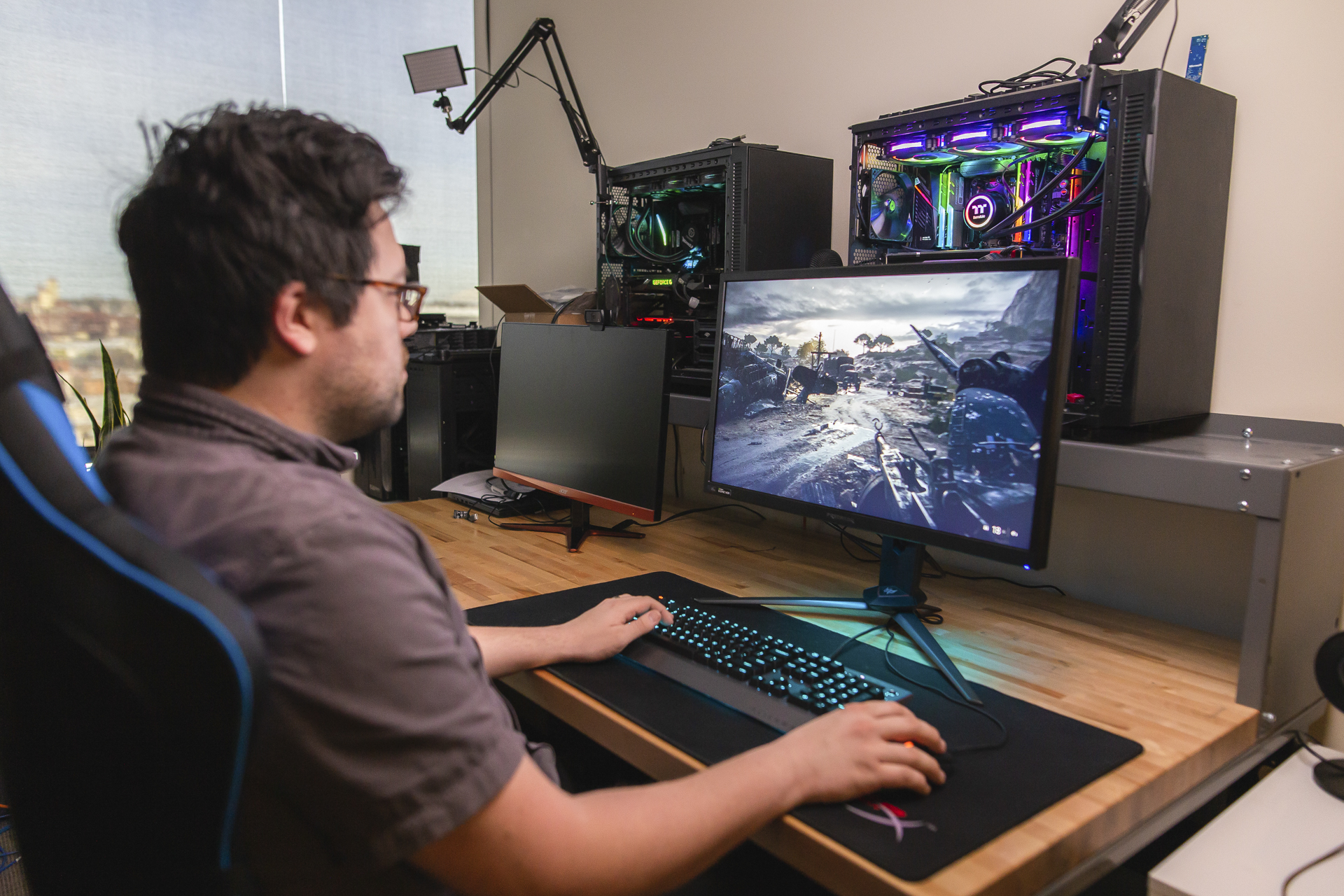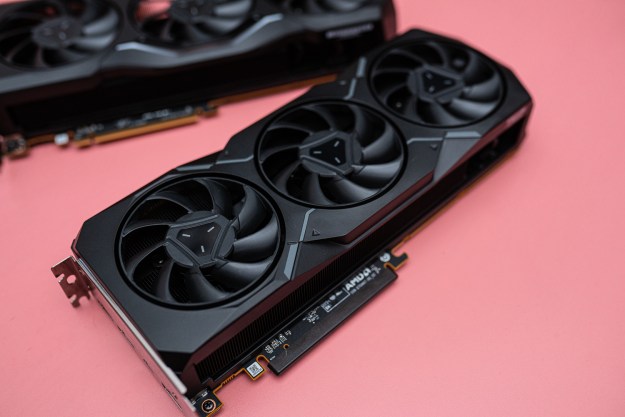
Nvidia’s midrange graphics lineup is far more robust in 2020 than it was this time last year, with a much broader array of options for gamers on a budget. Being spoiled for choice does have its own drawbacks though, namely that picking the right graphics card for you is much harder.
To see how these cards stack up against one another, we’ve pitted the GTX 1660 against the GTX 1660 Super, GTX 1660 Ti, and the RTX 2060, comparing their specs and features. Which will offer the most bang for the buck?
Availability and pricing

All four of the cards we’re comparing are available for purchase right now and in a staggering array of options. The RTX 2060 is the most straightforward of the three with Nvidia’s Founders Edition acting as a firm baseline. When in stock it starts at $300 for the KO edition, while overclocked cards or those with fancy cooling solutions can cost up to $370
There are no Founders Editions for the GTX 1660 Ti and 1660 Super, but those cards debuted with a bewildering number of third-party alternatives. The former sells for between $280 and $320, while the latter starts at $230, with the most expensive versions priced at around $270. The standard 1660 is the most affordable with a starting price of $220, but as you’ll see below, that’s a hard sell considering how far it falls behind the competitively priced Super version.
There are tons to choose from when it comes to all of these Turing cards, offering different clock speeds, cooling options, and lighting features. Some are a better value than others, but the cheapest offer the best return on investment in terms of performance, as we’ll see below.
Performance

Nvidia has made a concerted effort to stagger its graphics card performance and the RTX 2060, GTX 1660 Ti, and 1660 occupy distinct price and performance brackets. A look at their raw specifications betrays the real-world performance of these cards as much almost as benchmarks have been able to do.
| RTX 2060 | GTX 1660 Ti | GTX 1660 Super | GTX 1660 | |
| GPU | TU106 | TU116 | TU116 | TU116 |
| CUDA Cores | 1,920 | 1,536 | 1,408 | 1,408 |
| RT Cores | 30 | 0 | 0 | 0 |
| Tensor Cores | 240 | 0 | 0 | 0 |
| Core Clock | 1,365MHz | 1,500MHz | 1,530MHz | 1,530MHz |
| Boost Clock | 1,680MHz | 1,770MHz | 1,785MHz | 1,785MHz |
| Memory | 6GB GDDR6 | 6GB GDDR6 | 6GB GDDR6 | 6GB GDDR5 |
| Memory Speed | 12Gbps | 12Gbps | 14Gbps | 8Gbps |
| Memory Bus Width | 192-bit | 192-bit | 192-bit | 192-bit |
| Memory Bandwidth | 336GBps | 288 GBps | 336GBps | 192GBps |
| TDP | 160w | 120w | 125w | 120w |
Based on the specifications alone we can surmise that the most powerful of the three cards is the RTX 2060, followed by the GTX 1660 Ti, then GTX 1660 Super, with the GTX 1660 trailing in the rear. The steps from each card are a little different, however. While clock speeds are relatively comparable across all four cards (and actually a little higher on the lower-end cards), the drop in CUDA cores from the RTX 2060 to the 1660 Ti is the main differentiating factor in performance. While the 1660 does take a step down in CUDA cores too, its use of GDDR5 memory leads to a 33 percent reduction in memory bandwidth.
That’s also where the GTX 1660 Super makes up its lower CUDA core count. With faster memory, it is much closer in performance to the 1660 Ti than its other specifications might suggest.
These differences play out like you might expect in games, although there is some variation depending on your desired quality settings and resolution. In all tests the RTX 2060 comes out well ahead of its GTX Turing counterparts, offering performance comparable to a GTX 1070 Ti, if not sometimes higher. The 1660 Ti follows up with between 15 and 25 percent lower frame rates, though it does beat important AMD competitors like the RX 590. It even poses a real challenge to the Vega 56 in some cases.
The GTX 1660 Super is typically within only a few frames per second of the 1660 Ti, making it arguably the most competitive buy among the 1660s. Especially since its price is so close to that of the stock 1660.
The GTX 1660 has a strong showing against a number of cards, providing a 10-20 percent improvement over the GTX 1060 6GB in most cases. It too challenges or exceeds the RX 590 and 580 in a number of games at both 1080p and 1440p, but falls behind the 1660 Ti by between 10 and 25 percent depending on the game being tested.
Ray tracing and DLSS

Although the RTX 2060 has hardware-accelerated ray tracing support, the other cards do support it too, albeit in a limited capacity. Thanks to a driver update from Nvidia, all GTX cards from the 16 and 10-series can render ray tracing in-game, but without hardware acceleration using RT cores, performance isn’t great, even on high-end last-gen cards like the GTX 1080 Ti.
The difficulty with ray-traced lighting effects is that they are exceedingly GPU intensive to render. That’s why the RT cores are required and make such a difference on RTX cards; especially the higher-end ones. If you want to play ray traced games at comfortable frame rates, the RTX 2060 is the only card to opt for in this case, though it will still be limited to 1080p in most games. The GTX 16-series cards will let you get a look at what ray tracing looks like, but they won’t be able to play many ray-traced games at anything close to comfortable frame rates.
With that in mind, it’s unfortunate that deep learning super sampling support (DLSS) is restricted to RTX graphics cards. It requires Tensor cores to run and the GTX 1660, 1660 Super, and 1660 Ti just don’t have them, so they will not be able to use DLSS. The RTX 2060 can, and that could give it a further advantage when it comes to ray tracing, although the highly limited number of supported games right now makes it somewhat negligible. Furthermore, our experience of both features combined hasn’t been stellar so far.
You get what you pay for

If $300 – $350 is too high of a price tag for you, then the GTX 1660 Super is the best value option of the bunch. The 1660 Ti is only a worthwhile investment if you can find it at a comparable cost. The level of performance is so close between the two cards that the Super, with its typical $50 to $100 savings, is a much better buy. It almost invalidates the RX 590 from AMD, although we occasionally see some heavily discounted RX 590s, which makes it an attractive alternative.
While the GTX 1660 is a solid choice, we wouldn’t put it at the top of our list. We think that for the same price, the AMD offers superior performance. That said, the GTX 1660 has vastly improved from the previous GTX 1060 model. The RX 580 and RX 590 are both viable alternatives. They can also be notably cheaper in some cases, especially when you factor in AMD’s incredible game bundles. This is where the availability and packaging options can make or break a deal. Packages are almost always a smarter option (and a better deal) than standalone cards. It’s important to note that availability (and retailer sales) can also factor into the equation and impact pricing. If you are looking for something a little more affordable with a similar speed, check out the RX 5500 XT.
These days, we don’t recommend springing for the factory overclocked versions. Factory overclocked items and stock items currently function equally, so overclocked items no longer boast the superiority they did in past generations. The price difference between factory overclocked items and the 1660 Super is too close to make them worth it.
Overall, the RTX 2060 is the best buy of the three because of its impressive performance capabilities. It has also received the most five-star reviews. It’s the kind of quality product you’ll have to pay a pretty penny for, and we know that it might be out of your reach if you’re on a modest budget. It still blows the Turing product competition out of the water and provides far better value for the price. Over time, it’s worth the investment for the RTX 2060 — even if you have to spend some time saving up to buy it.
Editors' Recommendations
- RTX 4090 owners are in for some bad news
- Nvidia RTX 50-series graphics cards: news, release date, price, and more
- 10 best graphics cards of 2024: finding the best GPU for gaming
- CableMod’s adapters damaged up to $74K worth of Nvidia GPUs
- The Nvidia RTX 4080 Super just trounced AMD





